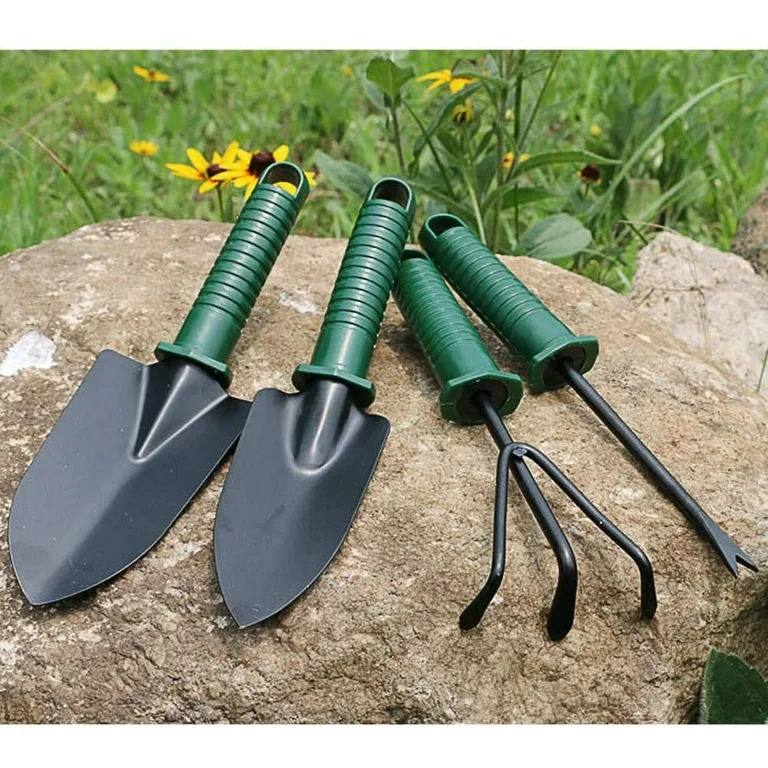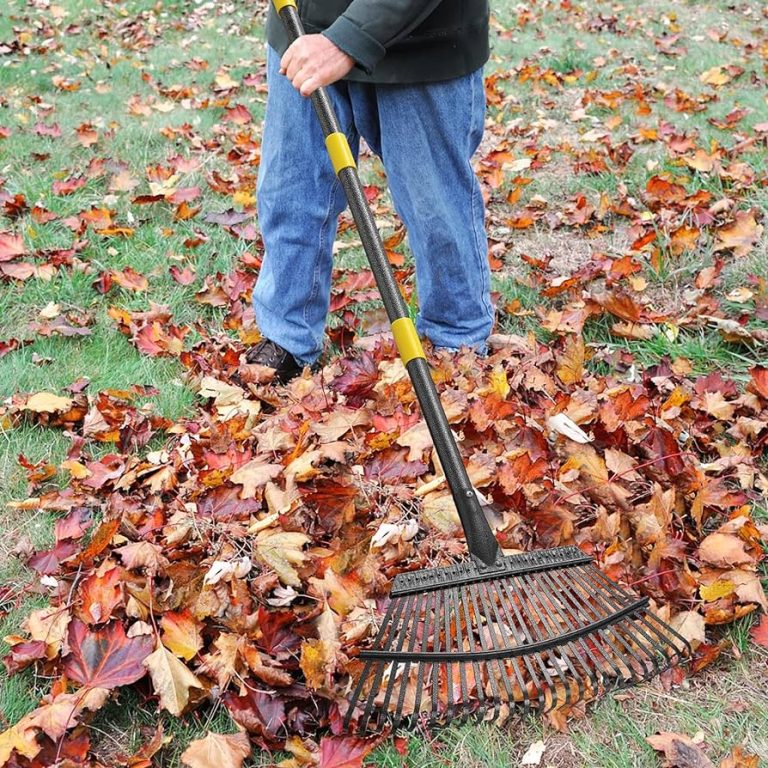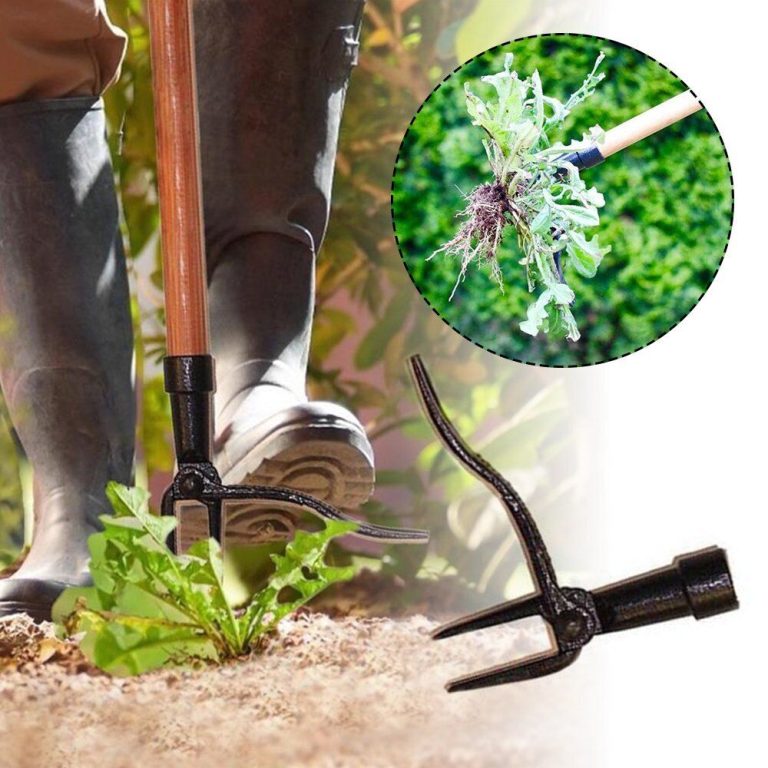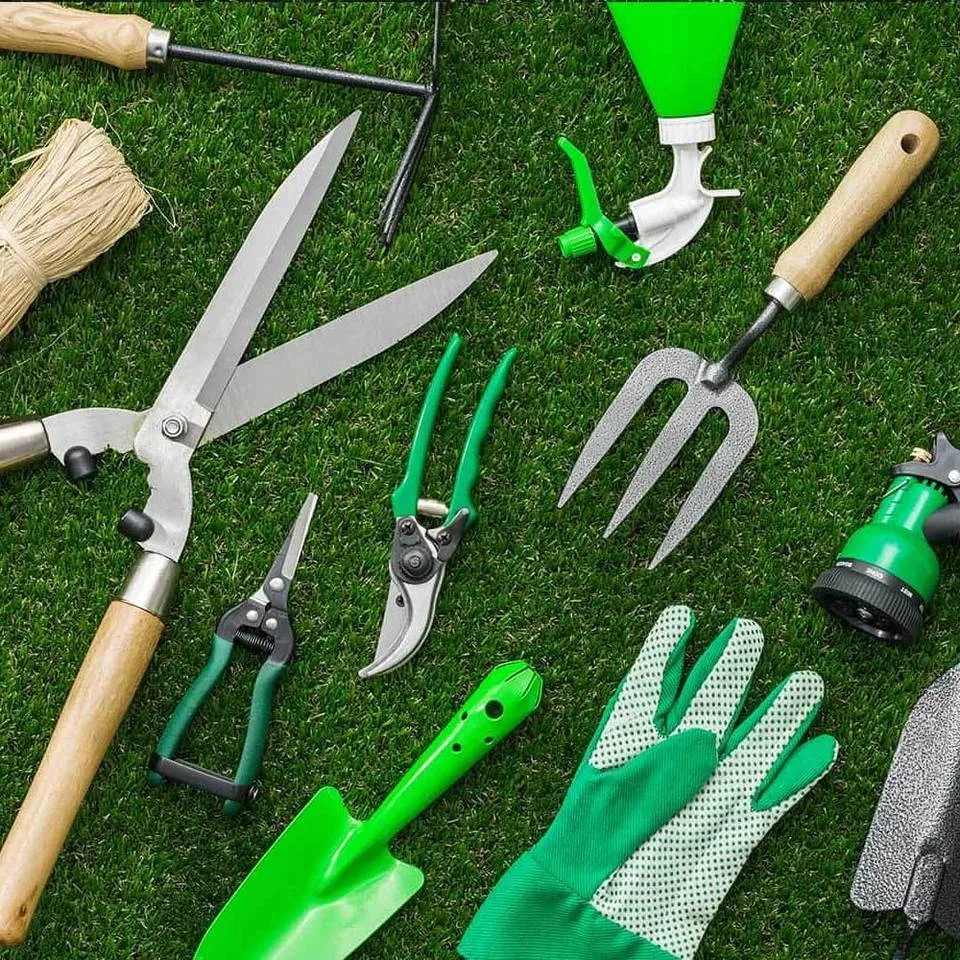
Essential Lawn Tools for a Perfect Yard
The Foundation of Lawn Care
Maintaining a beautiful lawn requires the right tools. Lawn care equipment ranges from basic hand tools to sophisticated machinery. Each tool serves a specific purpose in lawn maintenance. Proper selection and use of these tools can transform any yard. This guide explores essential lawn tools for homeowners and gardening enthusiasts.
Manual Tools: The Basics of Lawn Care
Hand tools form the foundation of lawn care. Rakes come in various styles for different tasks. Leaf rakes gather fallen leaves and debris. Thatch rakes remove dead grass from the lawn’s surface. Garden forks aerate soil and remove weeds. Pruning shears trim bushes and small branches. Hand trowels assist with planting and weeding in tight spaces. These manual tools provide precise control for detailed work. They require physical effort but offer quiet operation and zero emissions.
Power Tools: Efficiency in Lawn Maintenance
Power tools dramatically increase efficiency in lawn care. Lawnmowers are the cornerstone of yard maintenance. Push mowers suit smaller lawns, while riding mowers handle larger areas. String trimmers edge lawns and cut grass in hard-to-reach areas. Leaf blowers quickly clear leaves and debris from lawns and pathways. Hedge trimmers shape bushes and maintain formal hedges. These power tools save time and energy on larger properties. They require fuel or electricity but complete tasks faster than manual alternatives.
Watering Equipment: Nurturing Lawn Health
Proper watering is crucial for lawn health. Sprinklers distribute water evenly across large areas. Oscillating sprinklers cover rectangular spaces efficiently. Impact sprinklers work well for circular areas. Soaker hoses provide targeted watering for garden beds and borders. Hose nozzles offer adjustable spray patterns for various needs. Smart irrigation systems automate watering schedules. These tools ensure lawns receive adequate hydration. Proper watering promotes strong root growth and lush, green grass.
Fertilizing and Seeding Tools: Promoting Growth
Fertilizing and seeding tools enhance lawn vitality. Broadcast spreaders distribute fertilizer or seeds evenly across large areas. Drop spreaders offer precise application for smaller spaces. Hand-held spreaders work well for spot treatments. Soil testing kits help determine nutrient needs. Aerators create holes in soil to improve air, water, and nutrient penetration. These tools support healthy grass growth. Regular fertilizing and overseeding maintain a thick, lush lawn.
Lawn Clean-Up Tools: Maintaining Appearance
Clean-up tools keep lawns tidy and healthy. Wheelbarrows transport soil, mulch, and yard waste. Tarps collect leaves and clippings for easy disposal. Compost bins turn yard waste into nutrient-rich soil. Lawn sweepers gather leaves and debris without damaging grass. Gutter cleaning tools prevent water overflow that can damage lawns. These maintenance tools support overall lawn health. Regular clean-up prevents disease and pest problems in the yard.
Specialized Tools: Addressing Specific Lawn Needs
Specialized tools tackle unique lawn care challenges. Dethatchers remove built-up dead grass and roots. Core aerators extract small plugs of soil to reduce compaction. Edgers create clean lines between lawns and hardscapes. Sod cutters remove old turf for renovation projects. Stump grinders eliminate tree stumps from the lawn. These specialized tools address specific issues in lawn care. They may not be needed frequently but prove invaluable for certain tasks.
Safety Equipment: Protecting the Lawn Care Enthusiast
Safety should always be a priority in lawn care. Gloves protect hands from blisters, cuts, and chemicals. Safety glasses shield eyes from debris and flying objects. Ear protection reduces noise exposure from power equipment. Sturdy boots provide traction and protect feet. Sun protection, including hats and sunscreen, prevents sunburn during outdoor work. Proper clothing, like long sleeves and pants, guards against scratches and insect bites. This safety gear protects the lawn care enthusiast from potential hazards.
Seasonal Tools: Adapting to Changing Needs
Different seasons require specific lawn care tools. Spring calls for rakes and aerators to prepare the lawn for growth. Summer necessitates mowers and watering equipment for active growth periods. Fall demands leaf blowers and rakes for clean-up tasks. Winter may require snow blowers or shovels in colder climates. Adapting tool use to seasonal needs ensures year-round lawn health. Proper storage during off-seasons prolongs tool life and effectiveness.
The choice between electric and gas-powered tools impacts lawn care efficiency. Electric tools offer quieter operation and zero emissions. They require less maintenance but may have limited runtime. Gas-powered tools provide more power and unrestricted mobility. They perform well for larger properties but require fuel and more maintenance. Battery-powered tools combine the benefits of both types. The right choice depends on lawn size, personal preference, and environmental concerns.
Tool Maintenance: Extending Equipment Life
Proper maintenance extends the life of lawn care tools. Regular cleaning prevents rust and buildup on tools. Sharpening blades improves cutting efficiency for mowers and trimmers. Lubricating moving parts reduces wear and tear. Proper storage protects tools from weather damage. Following manufacturer guidelines for service intervals ensures optimal performance. Well-maintained tools perform better and last longer. This attention to maintenance saves money in the long run.
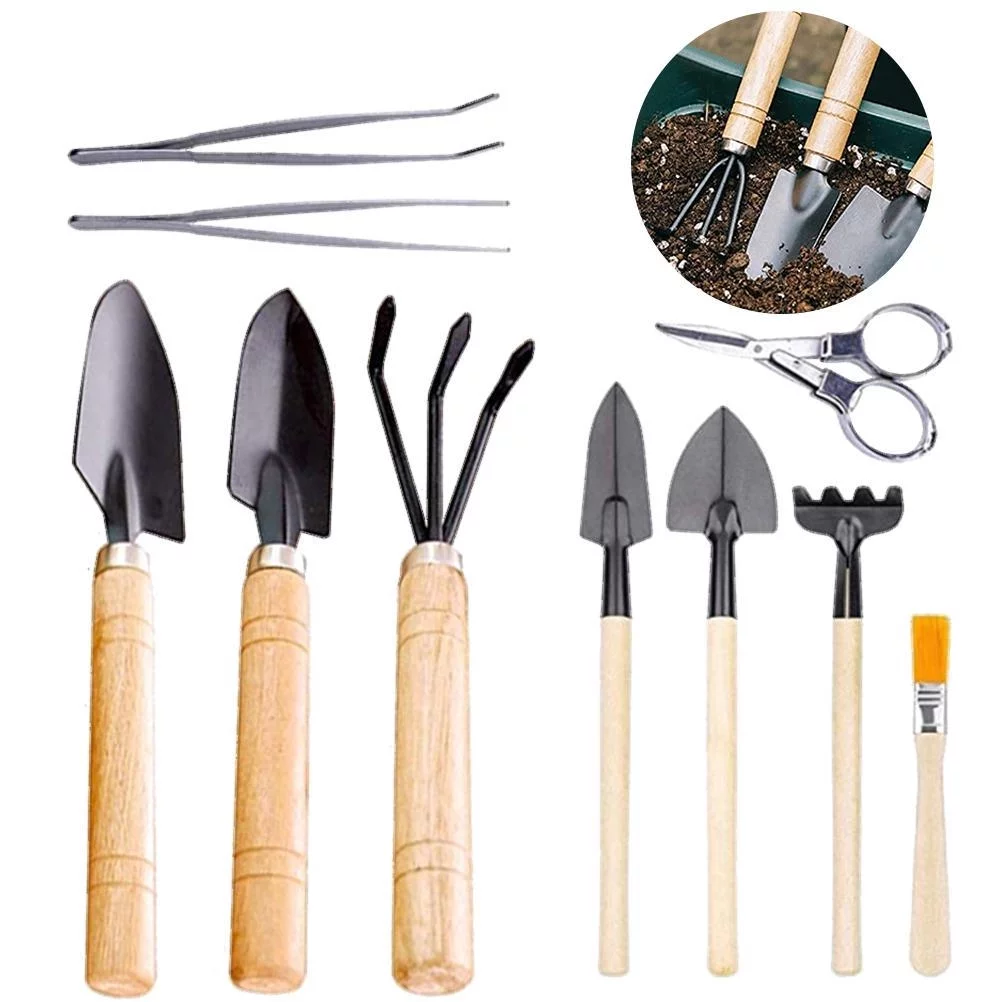
Eco-Friendly Alternatives: Sustainable Lawn Care
Eco-friendly lawn care tools minimize environmental impact. Push reel mowers cut grass without emissions or noise. Manual edgers and trimmers reduce reliance on power tools. Rain barrels collect water for irrigation, conserving resources. Composters turn yard waste into natural fertilizer. Native plant selections reduce the need for extensive lawn care. These sustainable options support environmental conservation. They often require more physical effort but offer significant ecological benefits.
Budget Considerations: Balancing Cost and Quality
Lawn care tools range widely in price and quality. Basic hand tools offer affordable options for small lawns. Mid-range power tools balance cost and performance for average yards. Professional-grade equipment provides durability for large properties or frequent use. Renting specialized tools can be cost-effective for occasional tasks. Investing in quality tools often pays off in longevity and performance. Balancing budget with lawn care needs ensures appropriate tool selection.
Proper storage protects lawn care tools and maximizes garage or shed space. Wall-mounted racks keep long-handled tools organized and accessible. Pegboards offer versatile storage for smaller hand tools. Shelving units store power tools and supplies off the ground. Tool chests provide secure storage for valuable or dangerous items. Proper organization improves efficiency in lawn care tasks. It also extends tool life by protecting equipment from damage.
Innovative Lawn Care Technologies
Technological advancements are revolutionizing lawn care tools. Robotic lawnmowers autonomously maintain lawns with minimal oversight. Smart sprinkler systems adjust watering based on weather conditions. GPS-guided mowers ensure precise cutting patterns on large properties. Smartphone apps control and monitor various lawn care devices. These innovations improve efficiency and convenience in lawn maintenance. They represent the future of lawn care technology.
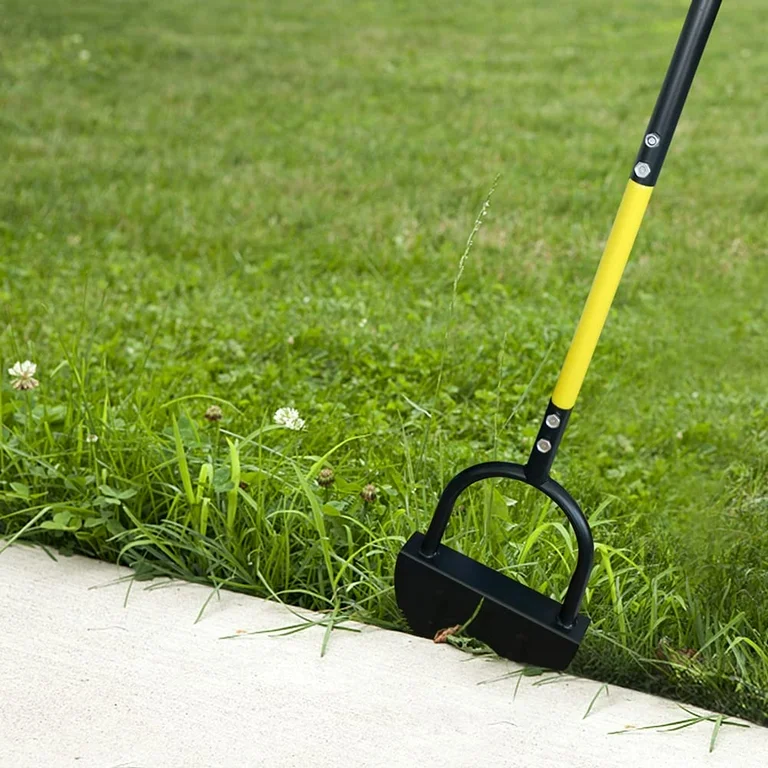
Choosing the Right Tools for Your Lawn
Selecting appropriate lawn care tools depends on several factors. Lawn size determines the scale of equipment needed. Terrain complexity influences tool selection for slopes or obstacles. Climate affects the types of grass and seasonal maintenance requirements. Personal physical capabilities guide choices between manual and power tools. Budget constraints impact the range of available options. Carefully considering these factors ensures effective tool selection. The right tools make lawn care more efficient and enjoyable.
Deciding between professional lawn services and DIY maintenance involves several considerations. Professional services offer expertise and save time for homeowners. They have access to commercial-grade equipment for efficient maintenance. DIY lawn care provides personal satisfaction and potential cost savings. It allows for greater control over lawn care practices and schedules. The choice depends on personal preferences, time availability, and budget. Many homeowners opt for a combination of professional and DIY approaches.
Conclusion: Building Your Lawn Care Arsenal
A well-equipped lawn care toolkit enables effective yard maintenance. Essential tools include both manual and power options for various tasks. Proper selection, use, and maintenance of these tools ensure a healthy, attractive lawn. As lawn care technology advances, new options emerge for efficient yard management. Balancing traditional methods with innovative solutions creates an optimal lawn care strategy. With the right tools and knowledge, any homeowner can achieve a beautiful, thriving lawn.
